Test Embed Page made with 10.4.5 generator and 10.0.8 embed wrapper
Click here for a list of include paths
Click here for a test page with no right hand side
Lorem ipsum dolor sit amet, consectetur adipiscing elit. Integer a purus eu nisl porta aliquam. Morbi pharetra aliquet dolor a cursus. In auctor dolor a felis feugiat ultrices. Phasellus sagittis aliquet mattis. Etiam turpis neque, auctor a pulvinar a, vestibulum consequat ante. Morbi ut dui eget sapien vulputate viverra. Curabitur luctus malesuada nunc.
Nullam gravida erat ut porttitor sollicitudin. Aliquam feugiat odio rutrum arcu tincidunt vehicula. Donec nec dolor rhoncus, consectetur metus eget, consectetur enim. Duis euismod, arcu non efficitur porta, nibh eros viverra risus, ac gravida lorem ex in dui. Morbi pulvinar varius erat, quis facilisis ligula mollis vel. Nulla efficitur augue quam, ac aliquet mi ornare vitae. In ornare nisl eget tortor aliquam consectetur id nec lorem. Pellentesque massa dolor, placerat ac risus a, aliquam rhoncus nulla.

Vyapam: The suspected deaths linked to India exam scam
- By BBC Asia Visual Journalism Team
- World
In 2013, India was gripped by the largest exam scam in its history, centered around the central Indian state of Madhya Pradesh's exam body, Vyavsayik Pariksha Mandal (Vyapam). Impersonation, cheating, and irregularities plagued the system, leading to the arrests of thousands involved in the scandal.
However, a startling turn of events unfolded when suspects tied to the scam began to drop dead, one after another, years before the scam came into light in 2013. The causes of their demise ranged from heart attacks and chest pain to road accidents and suicides, following an intriguing trend - all the deaths were untimely and mysterious.
India's central investigating agency, CBI initiated investigations into numerous deaths related to the Vyapam scam. The question arose: who were these individuals, and how did they meet their demise? Was there a discernible pattern behind these deaths?
Scroll down to find out
Namrata Damor
Age: 19
Cause of death: Suspected suicide
Namrata Damor, a 19-year-old student studying medical science at Mahatma Gandhi Medical College in Indore, had gone missing in early January 2012. Tragically, on the night of January 7th, 2012, her lifeless body was discovered next to railway tracks in Ujjain. The initial postmortem report indicated that she had succumbed to asphyxia, specifically violent asphyxia resulting from smothering, leading to the classification of her death as a homicide.
The initial report also noted bruising on her lips and the absence of some teeth. However, the police later dismissed the initial findings and classified her death as a suicide after the second post mortem.
More than three years later, a journalist from a leading news organisation, Akshay Singh goes to interview her father following the investigation on her death. Before recording the interview, he starts coughing and frothing.
Akshay Singh
Age: 38
Cause of death: Unknown
Mr. Singh had reached Mehtab Singh Damor’s house in Jhabua in Madhya Pradesh, following the mysterious death of his daughter, Namrata Damor, in 2012. The father agreed to talk. Both sat down and Damor, handed over the photocopies of petitions, police and court reports to Singh who sat opposite to him. The tea was served. As Singh sipped his tea, his face froze and fell on the ground with frothing on his lips.
“We lay him down on the floor, loosened his clothes and sprinkled his face with water,” recalled Rahul Kariaya, an Indore-based journalist who took Singh to Damor’s house, “I checked his pulse and I knew right away, Akshay Singh was dead.”
He was rushed to the civil hospital and later to a private hospital, but doctors failed to revive him. The postmortem report declared it a case of heart attack and found the size of his heart enlarged during the time of his death.
A day later, the dean of a government medical college from the state who was reported to be putting together a list of students involved in Vyapam was found dead at a New Delhi hotel.
Dr. Arun Sharma
Age: 64
Cause of death: Unknown
Sharma was the dean of Jabalpur Medical College and had allegedly submitted 200 documents to Special Task Force (STF) of Madhya Pradesh. He had put together the list of names of students who were allegedly involved in the test-rigging scandal. A day after Akshay’s death, he was found dead in his bed at Hotel Uppal, near Delhi’s international airport. He was on his way to Tripura’s capital, Agartala for an inspection on behalf of Indian Medical Association.
Police found a nearly empty bottle of alcohol in the room. Sharma appeared to have drunk heavily, vomited during the night, and died of “natural causes”, officers close to the investigation said.
Incidentally, Sharma was the second Dean of the medical college to die under mysterious circumstances. A year ago, another dean from Jabalpur medical college immolated himself in a garden behind his house.
Dr DK Sakalley
Age: -
Cause of death: Suspected suicide
Dr DK, the then-dean of Jabalpur Medical College, was in charge of college's in-house investigations into the Vyapam scam. At around 8:45 am, he was seen rushing out of his house in flames when his wife had gone for a morning walk.
Police later claimed that it was a case of suicide and nothing suspicious were found. However, whistleblowers involved in the scam claimed it wasn’t simply a case of suicide and demanded a central probe to his unusual death.
Narendra Rajput
Age: 35
Cause of death: Unknown
Narendra Rajput, a degree holder of Bachelor of Ayurvedic Medicine and Surgery (BAMS) from a Jhansi college, had returned to his village and opened a clinic in Harpalpur, just six months before his untimely demise.
On April 13, 2014, Narendra complained of chest pain while working in the fields and rushed back home, but collapsed at the doorstep. Although a postmortem failed to determine a clear cause of death, the family lodged a complaint to facilitate an insurance claim under the government's farmer insurance scheme. However, their claim remains unresolved due to the inconclusive postmortem report.
Additionally, it was revealed that Narendra was implicated as a "middleman" in Vyapam scam, a fact that only came to light when the police visited the family's home months after his passing, according to his relatives.
According to government estimates, between 2007 and 2015, a total of 32 individuals linked to the Vyapam scam lost their lives. However, independent media reports indicate a higher toll, with the count surpassing 40 such deaths. We looked at the deaths that were reported by media and were included in the chargesheet filed by STF and CBI.
More deaths allegedly linked to Vyapam
Click on the people to see more details-
Shailesh Yadav
-
 Vikas Pandey
Vikas Pandey -
 Anand Singh Yadav
Anand Singh Yadav -
 Anshul Sachan
Anshul Sachan -
 Gyan Singh Yadav
Gyan Singh Yadav -
 Tarun Machar
Tarun Machar -
 Dr Rajendra Arya
Dr Rajendra Arya -
 Pramod Sharma (Rinku)
Pramod Sharma (Rinku) -
 Devendra Nagar
Devendra Nagar -
 Banti Sikarwar
Banti Sikarwar -
 Dinesh Jatav
Dinesh Jatav -
 Narendra Singh Tomar
Narendra Singh Tomar -
 Arvind Shakya
Arvind Shakya -
 Ashutosh Tiwari
Ashutosh Tiwari -
 Kuldeep Marawi
Kuldeep Marawi -
 Vikas Bharat Singh
Vikas Bharat Singh -
 Dr Ramendra Singh Bhadoriya
Dr Ramendra Singh Bhadoriya -
 Lalit Kumar Golaria
Lalit Kumar Golaria -
 Vijay Chhotelal Singh
Vijay Chhotelal Singh -
 Amit Sagar
Amit Sagar -
 Praveen Yadav
Praveen Yadav
In 2013, nearly 2 million students appeared for 27 different exams conducted by Vyapam in Madhya Pradesh
That’s nearly equivalent to the population of France’s capital, Paris.
To compare how competitive these exams were, nearly 40,000 candidates appeared just for PMT, an exam to determine admission to medical schools.
And out of 40,000, nearly 1,600 would qualify.
How were the exams rigged?
Vyapam exams witnessed involvement in cheating and irregularities by various individuals, including middlemen, students, college staff, outsiders, as well as influential doctors and politicians.
Impersonation
Individuals posing as candidates would take the exams on their behalf. Middlemen, operating within this scheme, would extract money from the candidates in exchange for arranging impostors.
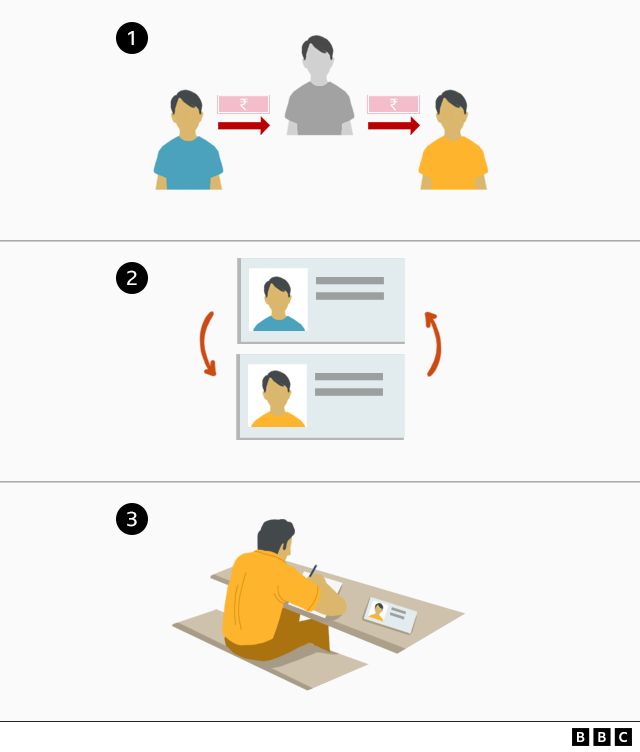
The manipulation extended to the examination centres themselves, which were rigged to facilitate this fraudulent practice. The entire operation was characterized by a network of middlemen, deceptive impersonation, and compromised examination centres, all working in collusion to undermine the integrity of the exams.
Engine-bogey system
The manipulation of roll numbers was a common practice, wherein candidates' roll numbers were rigged to facilitate cheating. An "engine" or impersonator would be strategically placed near the candidates (“bogeys”), often in close proximity, to create an environment conducive to cheating. This proximity allowed for easy communication and the exchange of answers, enabling the impersonator to assist the candidate in obtaining higher scores.
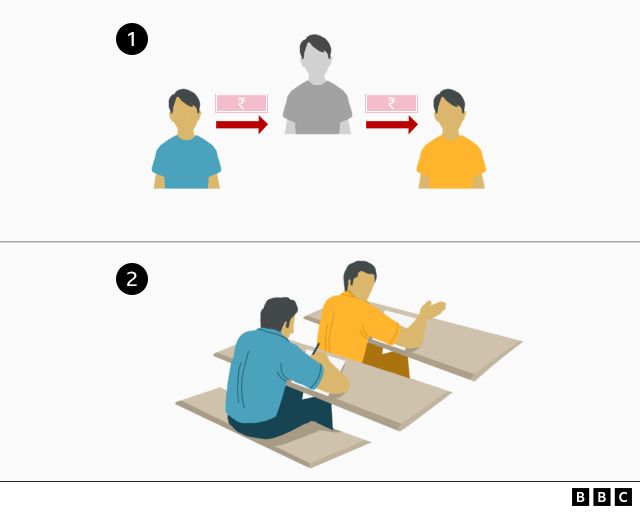
Tampering with the marks sheet
Frequently, candidates would intentionally leave their answer sheets blank, taking advantage of the involvement of middlemen within the examination process.
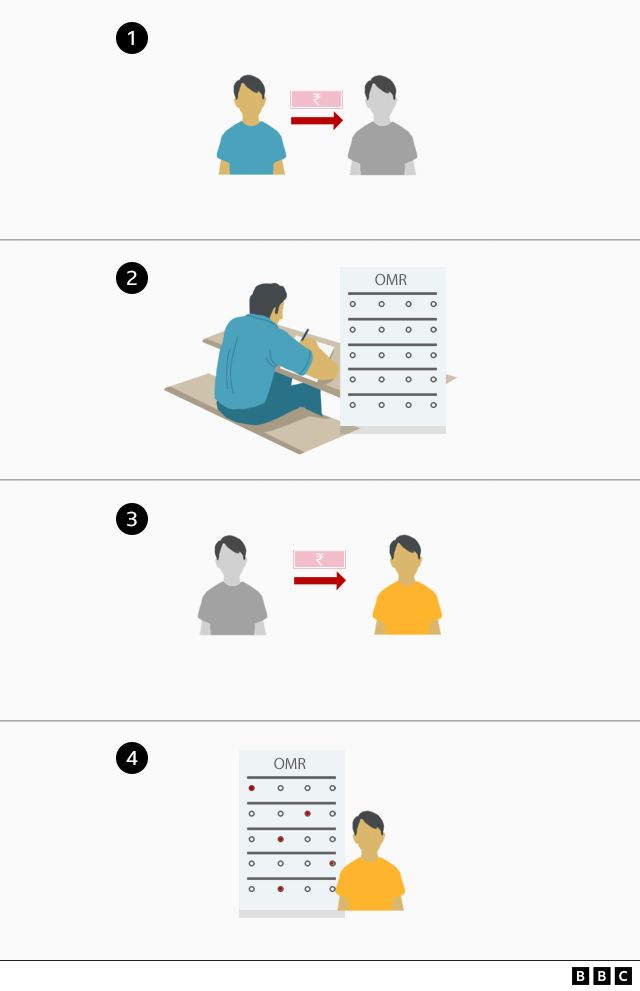
These intermediaries would manipulate the answer sheets on their computer systems, altering the responses to ensure that the candidates received passing marks.
Furthermore, apart from these, there were candidates who resorted to paying in order to merely qualify these exams and bypass the recruitment process. Additionally, there were influencers such as politicians and doctors who, while not directly engaged in the recruitment process, took advantage of these irregularities to gain financial benefits.
The majority of suspects linked to fraudulent cheating and irregularities in Vyapam and who died under mysterious circumstances were identified as "middlemen."
The inconsistencies in the numbers of such deaths raised suspicions and intensified the need for a thorough and unbiased examination of these cases. The CBI's involvement aimed to shed light on these tragedies and ascertain if there was any underlying connection or commonality among them.
However, the investigations into numerous such deaths encountered a major obstacle as they lacked sufficient evidence and concrete proof, leading to their eventual closure. The case of Namrata Damor, a medical student whose lifeless body was discovered under mysterious circumstances beside the railway tracks in Ujjain, has now been filed to be closed for the third time by CBI in a special court. Her death has been concluded as a suicide. Mehtab Damor, father of Namrata while speaking to the BBC said that he isn't satisfied with the investigations.
Methodology
After reviewing media reports on the deaths of the accused, we cross-referenced the information with the CBI's chargesheet to identify matching names.
Additionally, we discovered instances where the names of the accused associated with Vyapam appeared in local police records. It is possible that the actual count of such deaths might be higher than reported.
Credits
By Shadab Nazmi, design and illustrations by Puneet Barnala and Chetan Singh, development by Kaveri Biswas and Marcos Gurgel.
Ut et suscipit enim. Nam aliquam porttitor sapien elementum mollis. In quis turpis ante. Morbi et ex aliquam, ornare neque sit amet, porttitor est. Quisque eleifend consequat turpis. Curabitur ultrices luctus quam, et dapibus quam bibendum non. Praesent facilisis augue magna, eu volutpat nibh gravida et. Cras pulvinar, ligula vel consectetur molestie, lorem eros euismod arcu, sed condimentum leo metus efficitur ante. Duis eu diam semper, hendrerit est porta, tincidunt odio. Maecenas sagittis justo lacus, ac varius est dictum sit amet. Nam vitae turpis dignissim, tincidunt felis sit amet, dignissim sapien. Integer et iaculis ex. Sed rhoncus elit vitae massa facilisis venenatis.
Curabitur lorem ligula, aliquet id lorem ut, molestie consequat sem. Donec sit amet lacus sagittis, gravida nunc a, volutpat elit. Nullam elementum, leo sed gravida euismod, enim leo venenatis dolor, eget consequat nisi nisl vel tortor. Ut hendrerit non justo nec porttitor. Aenean et dolor laoreet augue vulputate commodo ac ut turpis. Morbi luctus lacinia felis at pellentesque. Interdum et malesuada fames ac ante ipsum primis in faucibus. Nullam tristique faucibus mauris, sed volutpat ante consequat nec. Proin fermentum vehicula tortor, sed bibendum lectus volutpat ac. Cras dignissim elit id aliquam consectetur.





















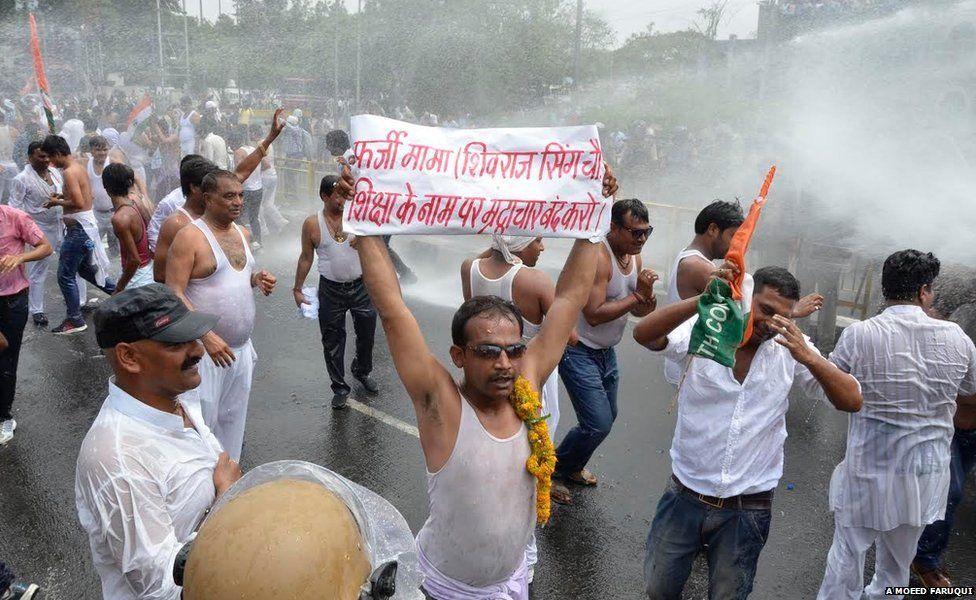 Vyapam: India's deadly medical school exam scandal
Vyapam: India's deadly medical school exam scandal
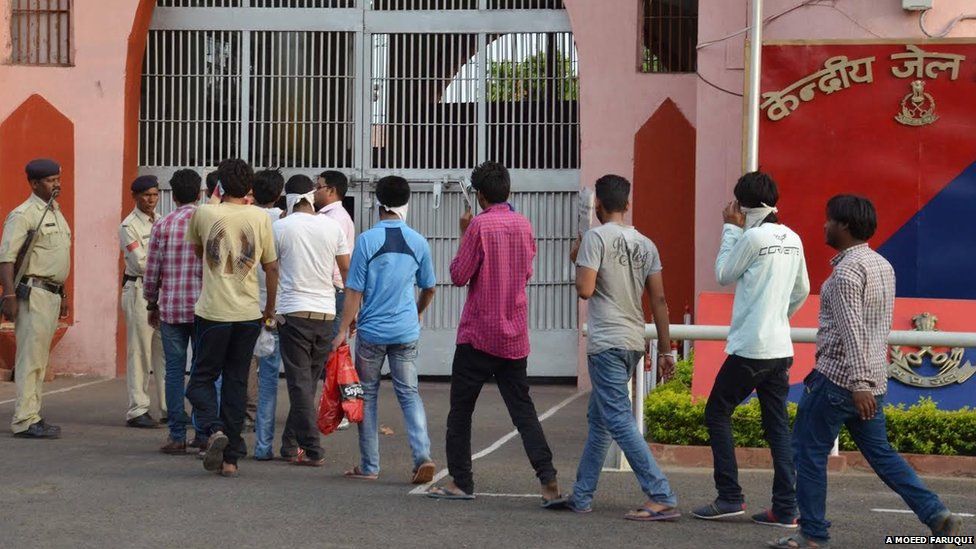 Vyapam: India federal probe into medical school exam scandal
Vyapam: India federal probe into medical school exam scandal
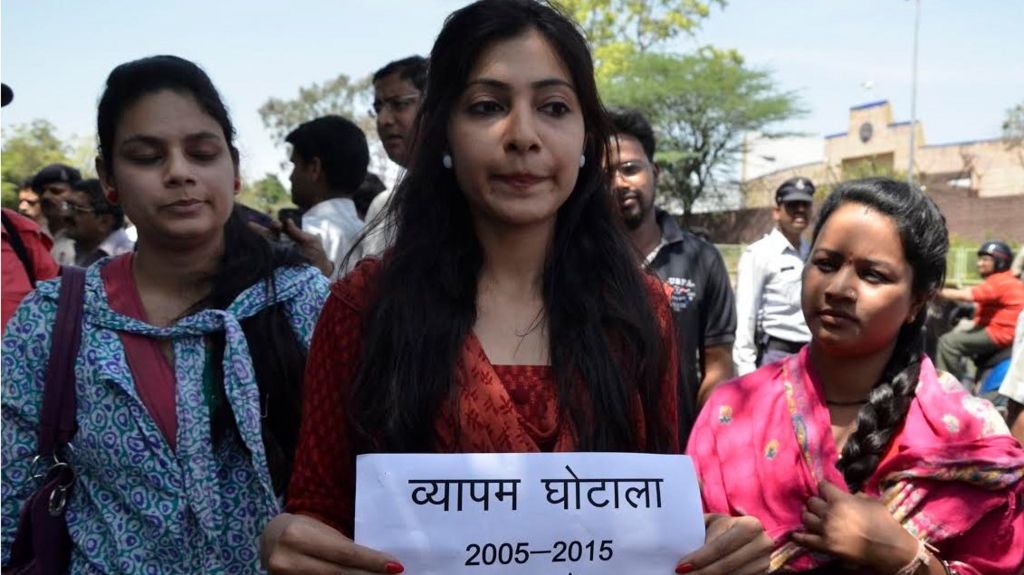 Hundreds of medical licenses cancelled over India exam scam
Hundreds of medical licenses cancelled over India exam scam